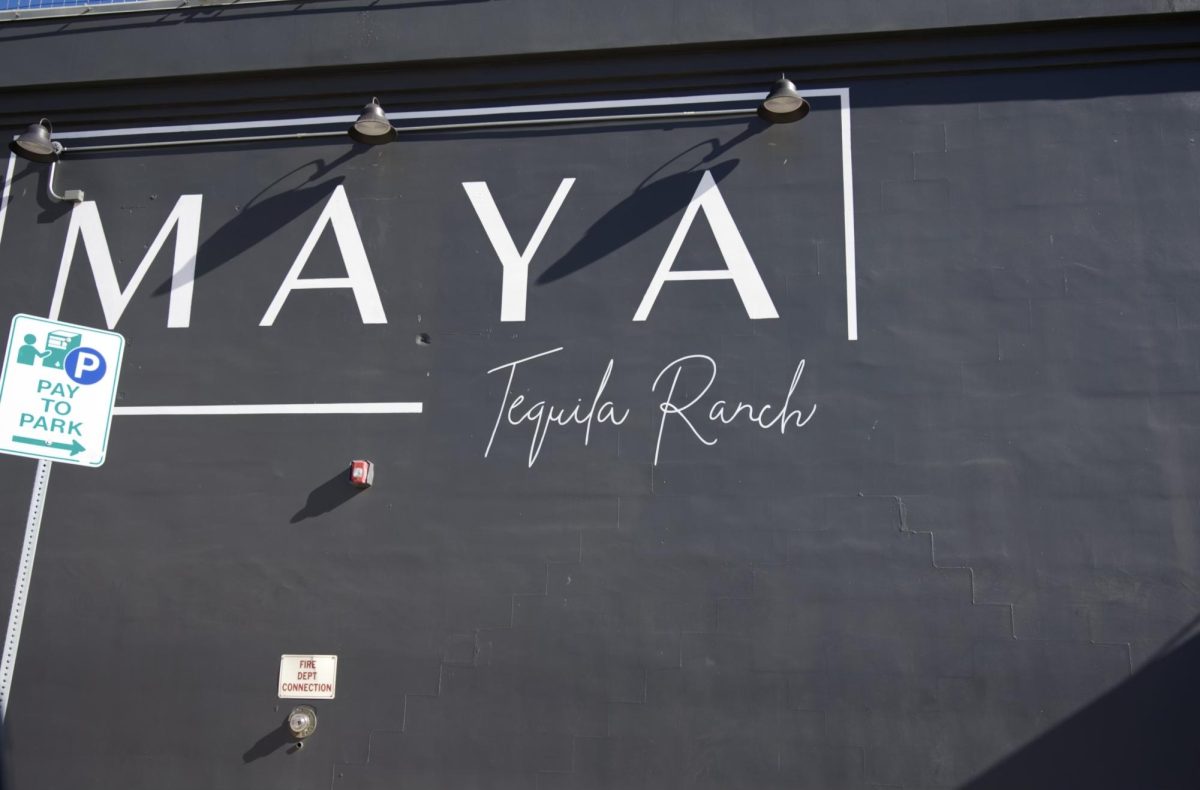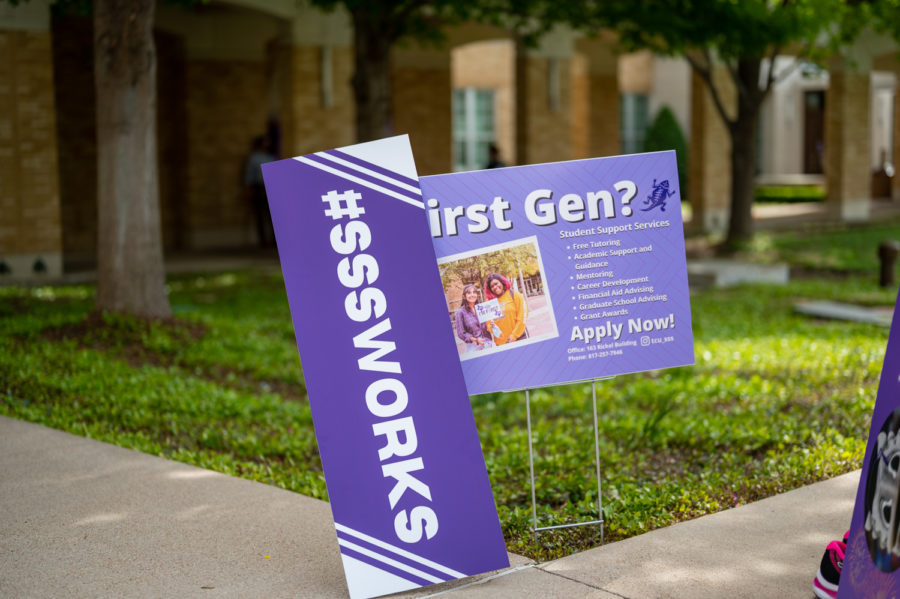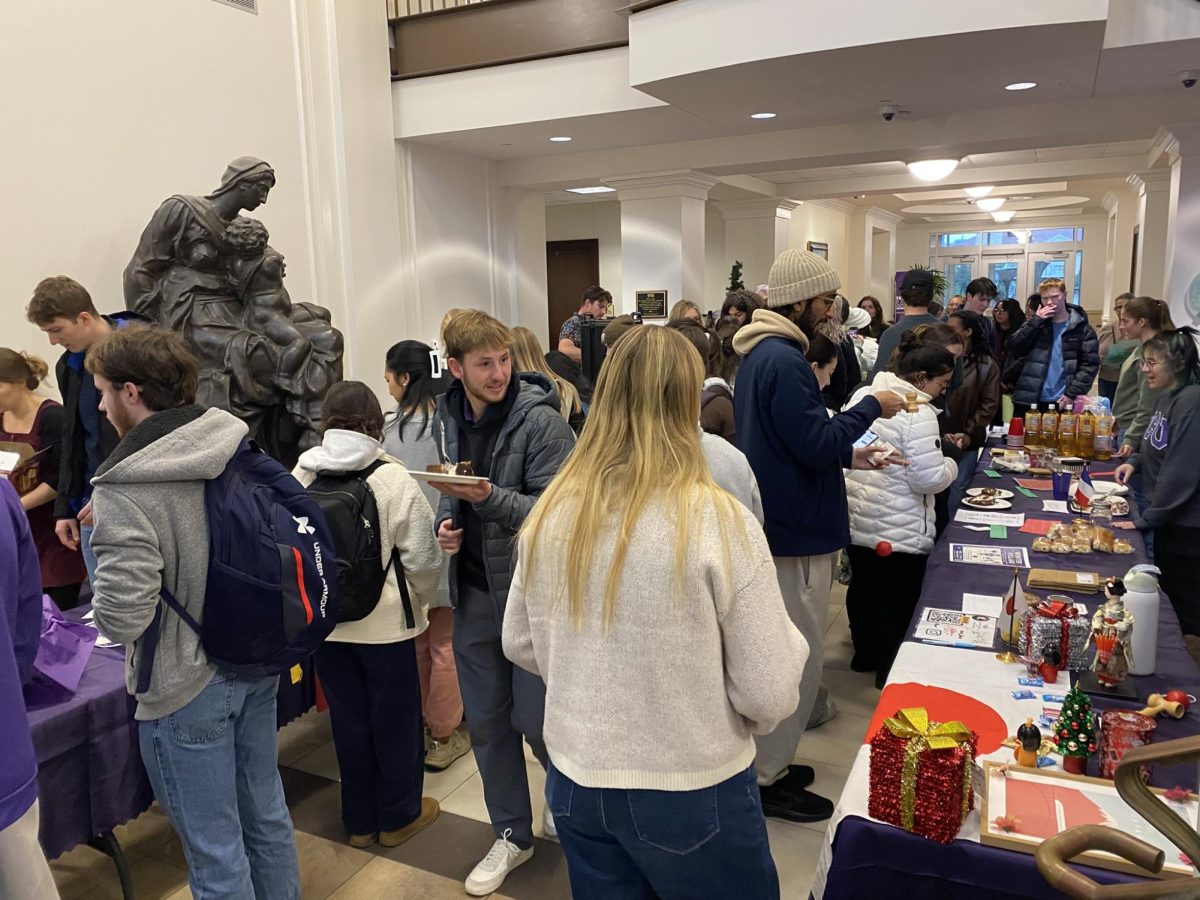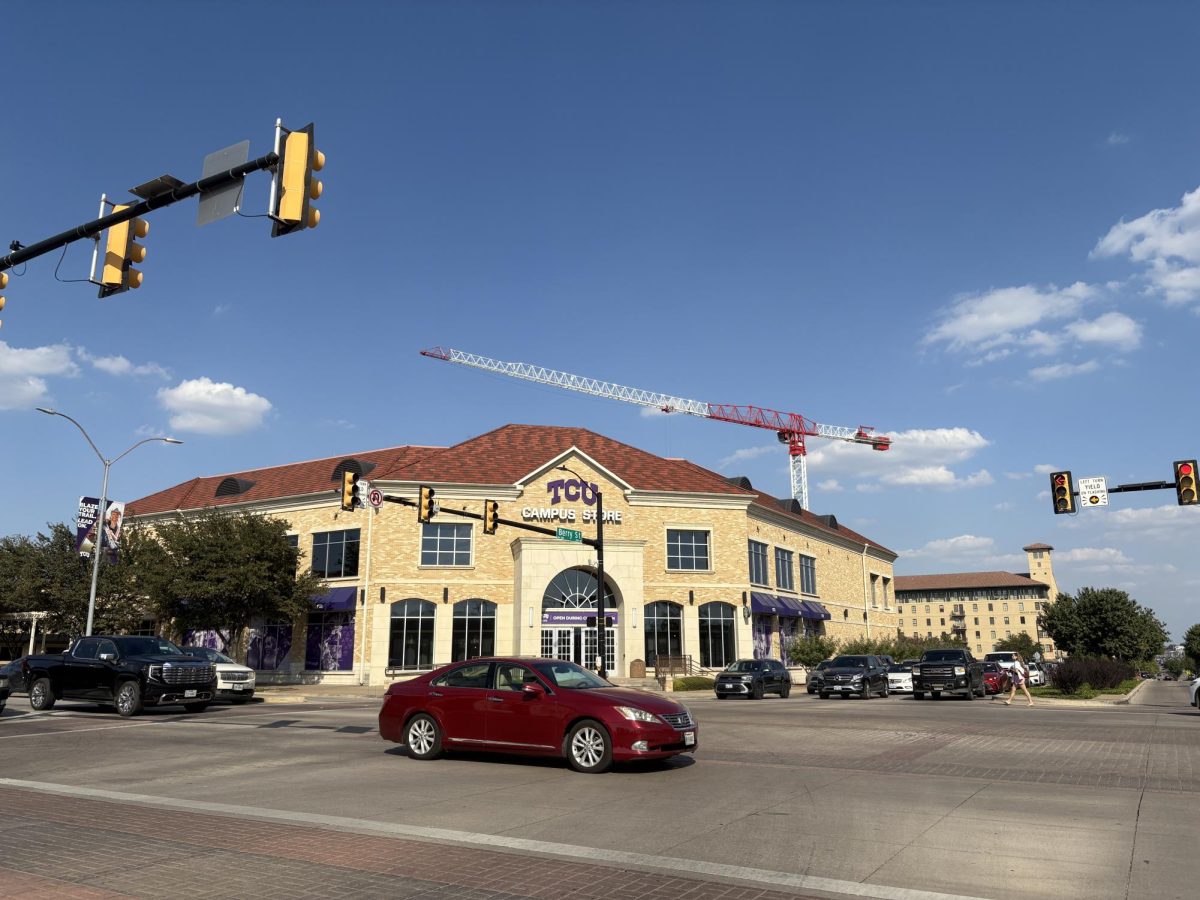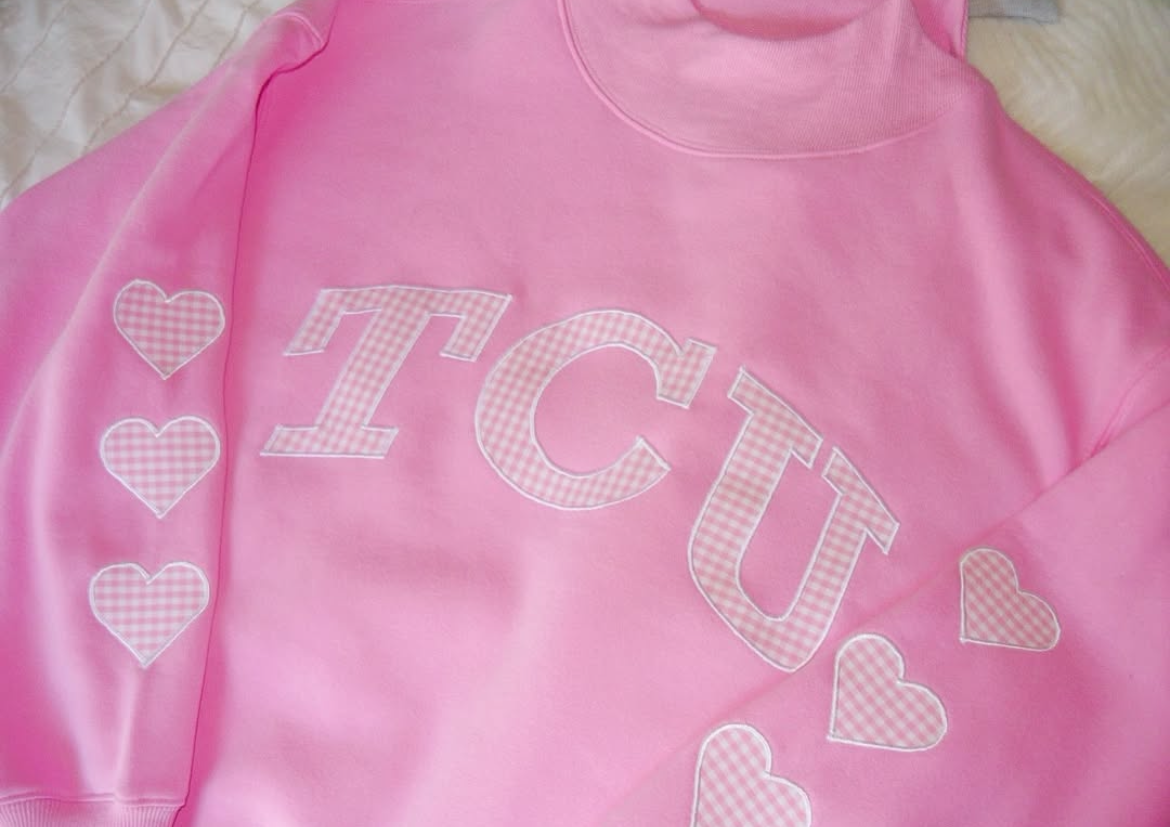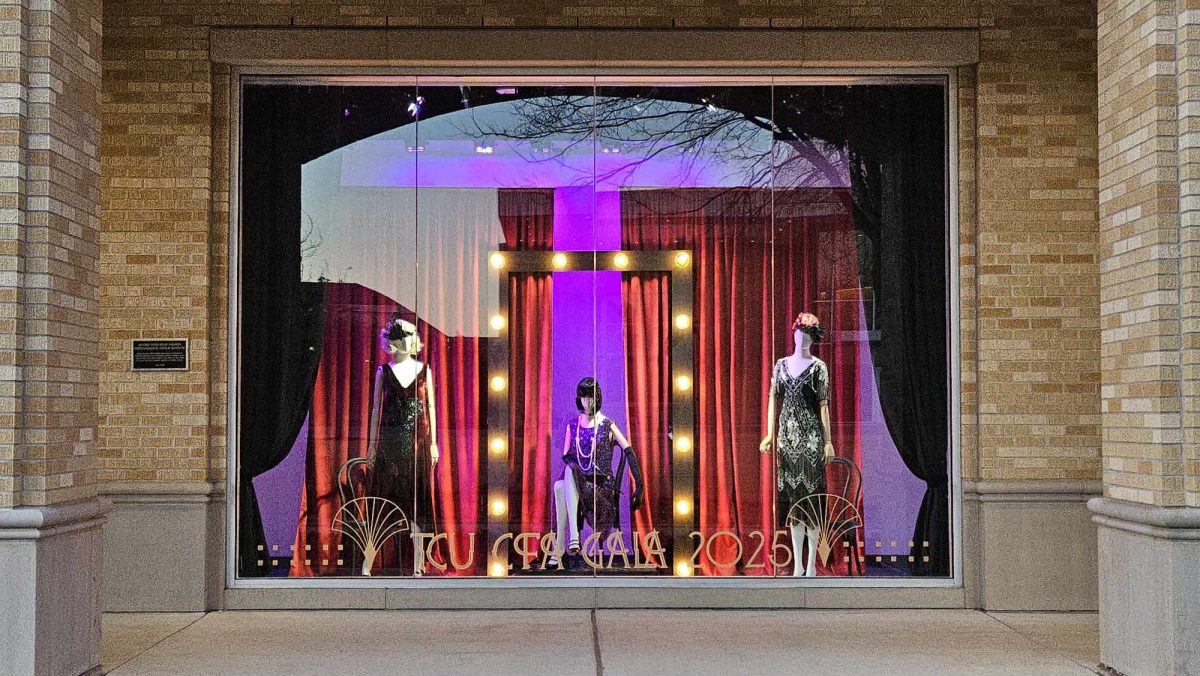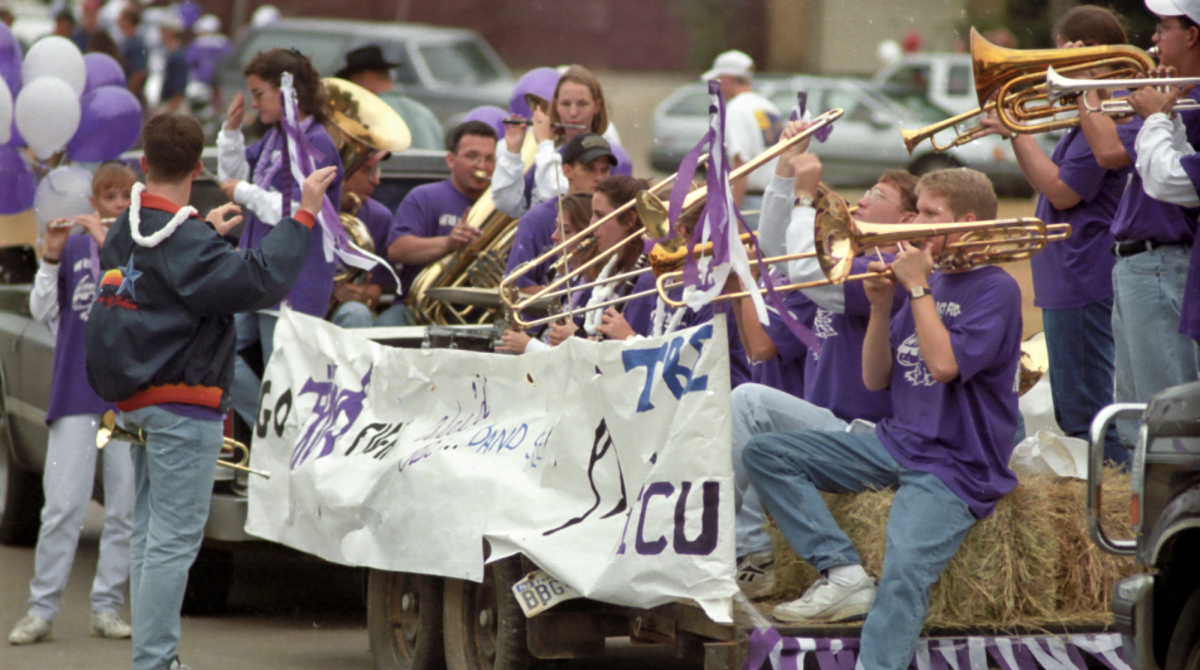In comparison to previous generations, Generation Z has experienced a sharp decline in drinking habits. In bars, clubs and many social gatherings around the world, there is a shift occurring.
It may seem subtle when the sounds of clinking and the visuals of drinks being poured still flushes these scenes. But the switch is apparent in what is filling these glasses.
Many members of Generation Z, more casually known as Gen Z, have begun opting for non-alcoholic beverages. Though there are thousands of theories that could be used to explain this phenomenon, some seem to be more plausible than others.
Many see the decline as a result of the COVID-19 pandemic and the prioritization of health that followed. Kasey Creswell, a psychology professor at Carnegie Mellon University, conducted a study, “Changes in alcohol consumption and alcohol problems before and after the COVID-19 pandemic: a prospective study in heavy drinking young adults,” in which she analyzed young adults drinking habits before, during and after the COVID-19 pandemic.
Creswell found that after a spike in drinking over 2020 and 2021, when COVID-19 was also extremely prevalent, there has been a noticeable drop in hazardous drinking amongst young adults.

The results of the study showed that around 70% of participants reported partaking in hazardous drinking before the pandemic and only around 47% partaking after the pandemic. These impacts were especially noticed on college campuses where drinking is often hallmarked as a pillar of social life.
“US college students (N = 312) who retrospectively recalled their alcohol use in a typical week before their campus was closed, and a typical week after their campus was closed, reported decreases in standard drink quantities, heavy drinking (that is, one or more occasions of consuming 4+/5+ drinks for females/males) and drunkenness (the frequency of getting drunk on a five-point scale ranging from ‘never’ to ‘every time’) after their campus was closed,” Creswell said. “These college students also reported reductions in drinking with friends and at parties and increases in drinking with family at home, which suggests that they reduced their heavy drinking once they moved off campus and engaged in lighter drinking at home with family.”
These findings are consistent with the change happening on TCU’s campus.
In 2023, TCU reported filing 286 alcohol violations, a sharp contrast from 2021, when 838 were reported.
Grace, a communications major who asked to be identified by her first name only, thought she would find a more drastic level of drinking at TCU. Though alcohol is still prevalent, she feels it is reserved for specific events.
“I think it’s like a get-ready thing, and I guess like a casual drink if I’m going out to dinner,” she said. “Not like a normal Tuesday night.”
However, not all students see this to be true.
Andrew, a junior who asked to be identified by his first name only, thinks that a strong drinking culture is still prevalent on campus.
Andrew recalls his classmates turning to alcohol in their early teen years. He spent his high school years in the United Kingdom, where the drinking culture is said to be much more aggressive than in the U.S. So, he was used to the drinking scene and expected it to be just as prevalent when he arrived at TCU.
Andrew believes that there is no real pressure to drink, but in fraternity life, there is a strong chance of feeling left out or being made fun of for deciding to stay sober.
“If everyone’s drunk and having a good time and you’re dead sober, it’s possible to feel left out,” he said. “There’s specifically one guy in my pledge class that doesn’t drink a whole lot, and he never has, and we always make certain jokes, but we all understand.”
Creswell highlights this effect of social life on drinking.
“Changes in typical drinking contexts due to the pandemic (for example, reduced drinking with friends at parties and bars) appear to be quite protective against heavy drinking, highlighting the key role of social processes in driving problematic alcohol use,” she said.
So, why is it that Gen Z seems to be turning away from alcohol post-pandemic? Andrew and Grace believe that the increased availability of marijuana is a leading cause of this phenomenon.
Grace said she thinks that in most cases, “you’re either a smoker or a drinker.”
This contrasts how Stephanie Barrymore, TCU class of ’94, saw marijuana in the 90s.
“It wasn’t cool to smoke weed,” she said.
Another theory traces back to the COVID-19 pandemic and its lasting social effects. The pandemic caused the whole world to create a new standard of health and cleanliness.
Among young adults, this new standard has caused the idea of sanitation to become an aesthetic, the “Clean Girl Aesthetic.” As portrayed on social media, a woman who has the “Clean Girl Aesthetic” prioritizes health and wellness is all aspects of her life.
The “Clean Girl Aesthetic” took foot on social media following the pandemic and quickly became an ideal for young social media consumers.
“The “clean living” lifestyle embraced by many in Gen Z means making healthier choices when it comes to eating and drinking. It’s one of the forces driving increases in organic food sales and products such as kombucha,” according to the Cleveland Clinic.
Dr. Akhil Anand of the Cleveland Clinic said, “Alcohol is a toxin that doesn’t exactly fit within that care-for-your-body mindset.”
As this trend continues to evolve, it raises questions about the future of social life and substance use in younger generations.

